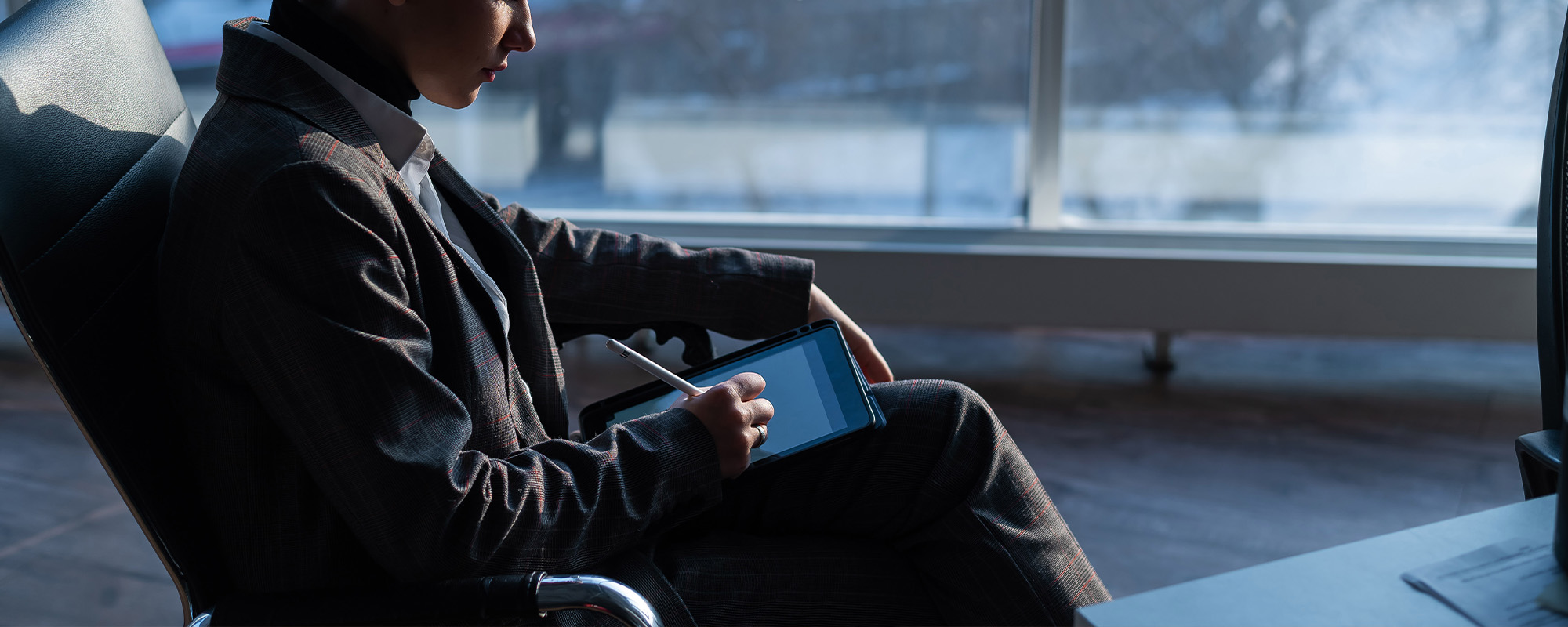In this modern age, taking pictures is nearly second nature. We use pictures
to document our daily lives, remember special occasions, and share fun
details with friends. However, photos can be used for much more practical
purposes as well. If you are involved in a car crash, you can use your
phone to gather photographic evidence, which could significantly strengthen
your claim and make obtaining compensation considerably easier.
Those of us who have been in
car accidents know how disorienting and painful they can be. Most crashes cause some
sort of damage, whether that damage was inflicted on the driver, the passengers,
or the vehicle itself. Dealing with the
aftermath of a car accident can be overwhelming and you may not know where to begin, but gathering
evidence quickly and efficiently can go a long way to help your case later on.
If you were involved in a crash, make sure you know what pictures you should
take of the vehicle, surrounding scene, and the injured parties.
The Vehicles
Taking pictures of your vehicle after a crash is absolutely necessary,
even if it was not terribly damaged. Make sure your photos include your
license plate, to substantiate that your vehicle was actually involved,
and take pictures from several different angles. If your car is in the
same position as it was when it was hit, (in other words, if you left
it where it was after the collision), take photos that include the rest
of the accident scene as well.
In addition to photos of your own vehicle, you should gather evidence pertaining
to any other automobiles involved as well. Again, make sure some of the
photos include the license plates. Also, be sure to take pictures of other
vehicles involved, such as bicycles or motorcycles.
The Crash Site
Pictures of the scene can go a long way to help prove or identify the cause
of the accident. If, for example, a stop sign was illegible or hidden,
and the failure to stop caused an accident, photos of that hazard could
help prove liability. Photos of the crash scene, including skid marks
and damaged property, can also help to show the extent of the damage caused
in the crash.
Your Injuries
If you were injured during the crash, be sure to take photos of your injuries.
Even injuries that seem minor, like bruises, scratches, bumps, and swollen
areas could turn out to be serious injuries later on, or could cause chronic
or lasting pain. These pictures can add to your medical record and may
make negotiations with your insurance company much easier. If anyone else
was injured in the crash, you might also ask if you can take photos of
their injuries as well. At this point, you should also ask any bystanders
or pedestrians if they would be willing to provide a statement on your
behalf. If so, collect their contact information for future use.
Although pictures are important, they should not be the only form of evidence
you gather after an accident. Discover the name of the other drivers,
motorcyclists, and pedestrians involved in the crash, as well as phone
numbers, license plate numbers, driver’s license numbers, and insurance
information. You should always work under the assumption that the other
driver will not admit fault, so always err on the side of caution and
gather more evidence than necessary. Taking photographs of the other driver’s
license, registration and insurance card can be extremely helpful to pursuing
your claim.
Thousands of people die in car accidents each year, which is why the damage
sustained in these crashes should never be taken lightly. If you were
harmed in a crash, your first step should always be to call 911 and ask
for medical attention. Once you have been properly taken care of, make
sure you contact an experienced personal injury attorney for help attaining
justice and compensation for your injuries.
Contact Simeone & Miller, LLP to discuss your car accident case.
